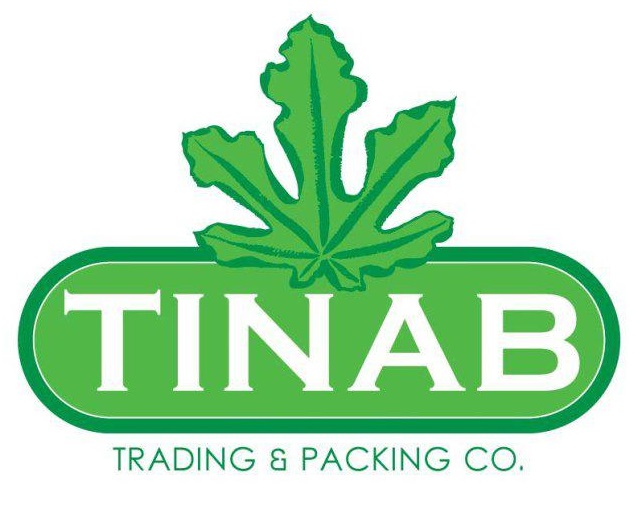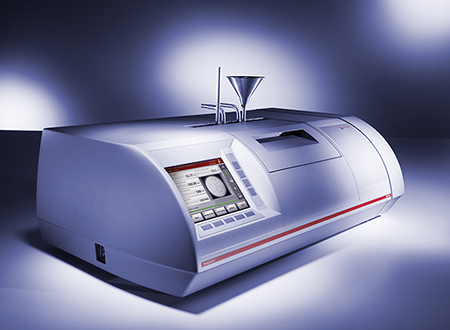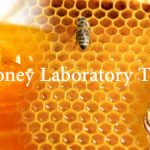Honey laboratory test
Honey laboratory test
In this section, we will discuss some methods in which we determine different factors in purity of honey. Honey laboratory test is very accurate and every where in the world are using the same method.
But before that, what is really honey made of ?
Honey: Honey is a mixture of plant nectar and traces of natural enzymes produced by bees. Honey nearly is 20 percent water, 30 percent glucose, 40 percent fructose (natural sugar in fruit juices), and 10 percent sucrose (glucose, fructose, and sucrose are different types of sugars).
- Sucrose measurement
This method is the easiest way in determining whether honey is pure or having added sugar. The amount of sucrose in pure honey has a range of 2 to 8%. Well of course we consider this amount 1 to 2 %.
If honey contains more sucrose than the mentioned value, it is obvious that there is some added sugar mixed with the honey and it is NOT 100% pure.
This test is done in the lab by the help of filtering method and Sucromat machine. Well of course fraudulent persons, warms up the honey to prevent the added sugar to be found in this test. So there are other tests that we will outline in the coming words.
- Proportion of Glucose and Fructose in honey
Pure honey consists of 38% fructose, 32% glucose and the remaining sugars including maltose, sucrose, and other complex carbohydrates. Its glycemic index ranges from 31 to 78, depending on the variety. Determining this ratio is a key point in realizing if the honey is pure or not; as this ratio is different in pure and fake honey.
Pure honey:
Fructose: 1.06 to 1.19
Glucose: 106 to 119%
Fake honey:
Fructose: less than 0.95
Glucose: less than 95%
So, whenever sugar is added to honey; weather it is Sucrose, Fructose or Glucose, this scale will change and it could be determined by this test.
To measure the amount of this important sugar in honey, we use polarized light and other tests that will bore you if we talk about them more.
- Diastase quest
As you may know, there are some natural enzyme in honey including: Amylase, Catalase and Invertase. Fake honey or warmed up honey does not have such enzymes. So if we determine that amount of these enzymes in our test sample, we could easily see if this is pure or not pure honey.
Test procedure
Each sample is divided into two test tube.
First we will mix one part of honey, with two part of sterile water. Then mix 10 cubic centimeters of honey and water with 1 cubic centimeter of starch in both tube. We will leave one mixture for one hour in the suitable temperature and leave the other one without warming up. After that, we add another mixture (1gr iodine + 20gr Potassium iodine + 300 cubic centimeter of water) to both mixtures. Then we can observe the result.
If the honey is pure, there are a lot of enzymes inside it.
Note: temperature will destroy these enzymes.
These enzymes will eat the starch up and the color of the mixture will be light green while the color of the warmed up mix is brown. So in the case of pure honey, the two mixture have different colors. But in the not pure case, the two test tube have the same color like dark blue or brown as the not pure honey has warmed up before and already lost its enzymes.
Polarize light deflection
The sugar inside pure honey, have a special light deflection. In this test and by use of special instruments, we can determine the degree of purity.
Test procedure
Mix 20gr of honey in 20 cubic centimeter of cold water. Then add 40 cubic centimeter Ethyl ether to it and mix up slowly.
this article is being updated. come back tomorrow at the same time to get more info.









